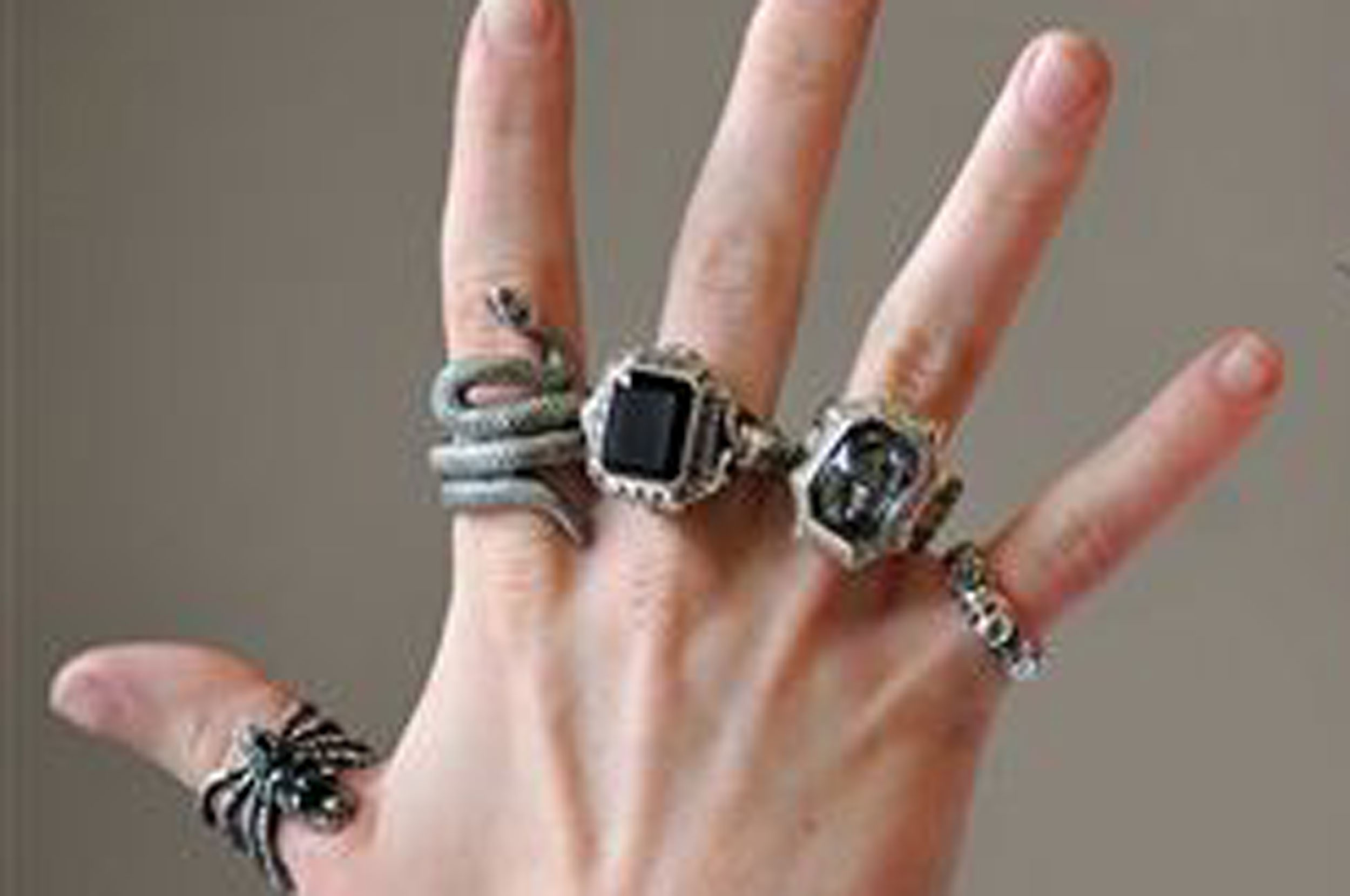A SCOTS student has become the world’s first “forensic jeweller” – using her expert knowledge of precious trinkets to help police around the world identify disaster victims.
Maria Maclennan, a student at Duncan of Jordanstone College of Art and Design in Dundee, is due to complete a four-year PhD project in the autumn.
But unlike other doctoral students, who may be focussing on the established disciplines of medicine, history or literature, Ms Maclennan has forged her own specialist subject – forensic jewellery.
Over the course of her four year degree she has been researching ways to identify jewellery from around the world and trace it back to its owners.
And once she has graduated she intends to deploy her extensive knowledge of jewellery to help police who are struggling to identify bodies in crimes and disasters – such as the Germanwings plane crash.

Metal jewellery is particularly useful as an identifier in disasters, as it is usually sturdy enough to survive the impact of a violent event.
Jewellery also frequently contains hallmarks which can identify the creator of the piece, who in turn will be able to identify the owner.
In some other cases gemstones can be linked through certification back to a particular dealer or owner.
Ms Maclennan has already spent a month working in a police mortuary in South Africa and six months working with the Police Staff College for England and Wales, in Hampshire.
She has also worked with police on active investigations over the past five years – including the crash of a flight between Mozambique and Angola in 2013, which killed 33.
And she has examined photos from the scene of the Germanwings crash in the Alps last year – where 144 passengers and six crew were killed after the co-pilot deliberately crashed the plane.
Ms Maclennan said: “Jewellery itself is an ancient art form and one of the oldest indicators of identity we have.
“In forensic identification one of jewellery’s main strengths is its inherently symbolic nature. It often has personal or cultural significance and connection to time and geographic location.
“In a disaster scenario, jewellery is also physically strong. It can survive extreme disasters such as the collapse of buildings or plane crashes.
“It possesses the potential to tell investigators information about who it originally belonged to.
“I’ve had officers send me details of cases they are working on where jewellery was involved but where they were stumped”, she explained.
“I’ve put them in touch with sources and books, or there has been a hallmark I have recognised.
“As far as I’m aware I’m the only person in the world in the field of forensic jewellery.”
Most of her work so far has entailed creating a database which allows her to classify jewellery, and which can be used by family to describe the items worn by their loved-ones.
Previously – she says – a lack of consistent ways of describing jewellery has made the business of searching for it extremely difficult.
She explained: “Jewellery in particular is difficult to identify because many types of metal look the same.
“There is a lot that is being missed at the moment because there isn’t a one stop shop. At the moment jewellery recovered is a process based on the personal knowledge of an individual police officer.
“I hope that ongoing collaborations will develop an interest in forensic jewellery and by keeping this momentum going we can build a standardised protocol.”
Ms Maclennan will deliver a lecture on her work at the Dundee Design Festival on May 28.
